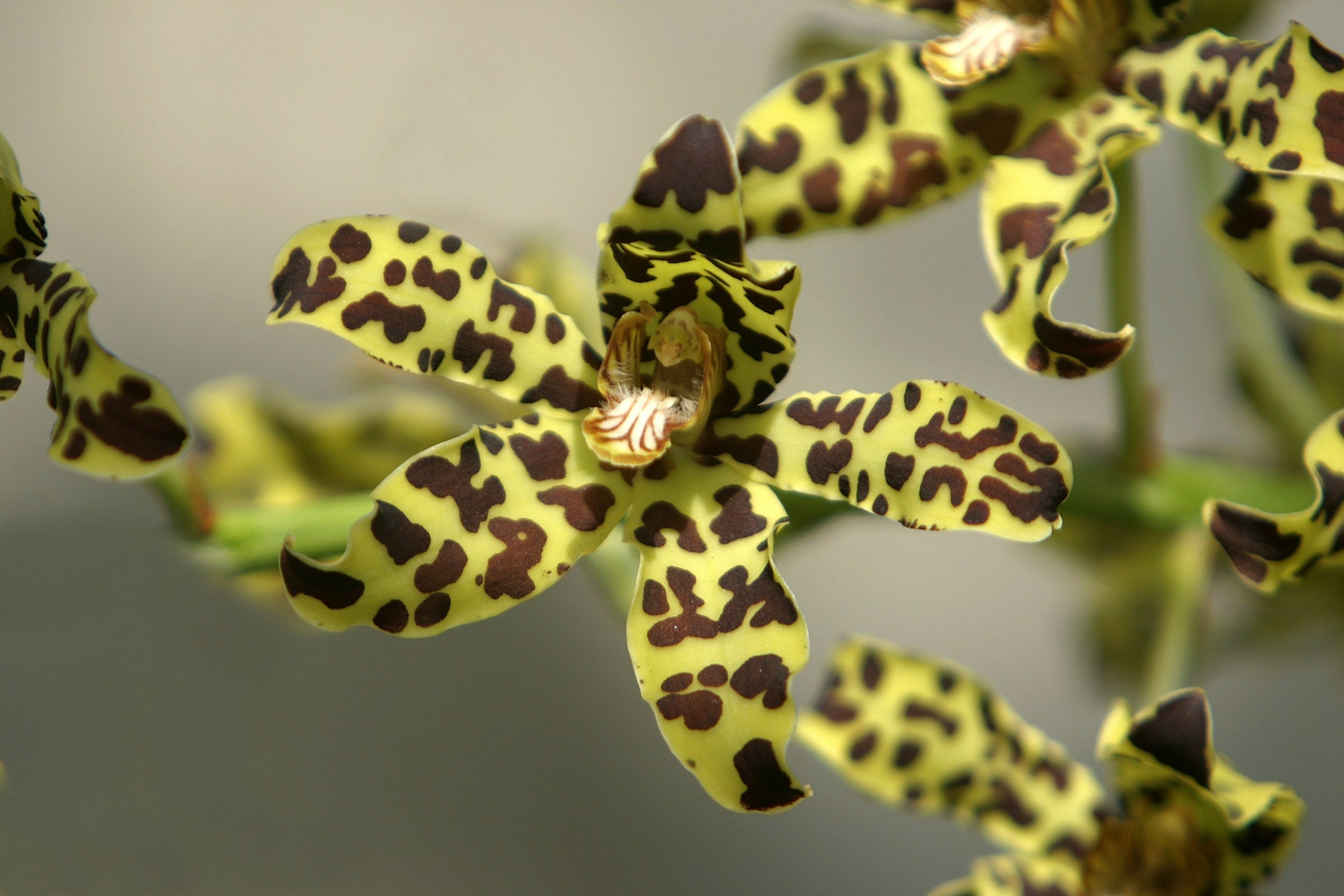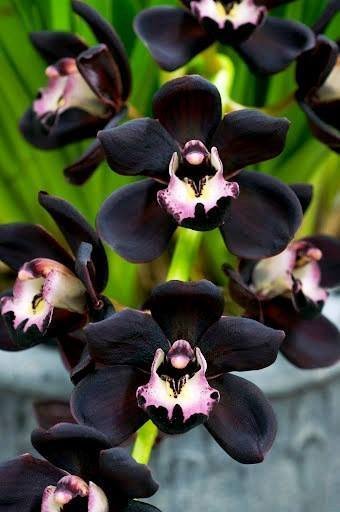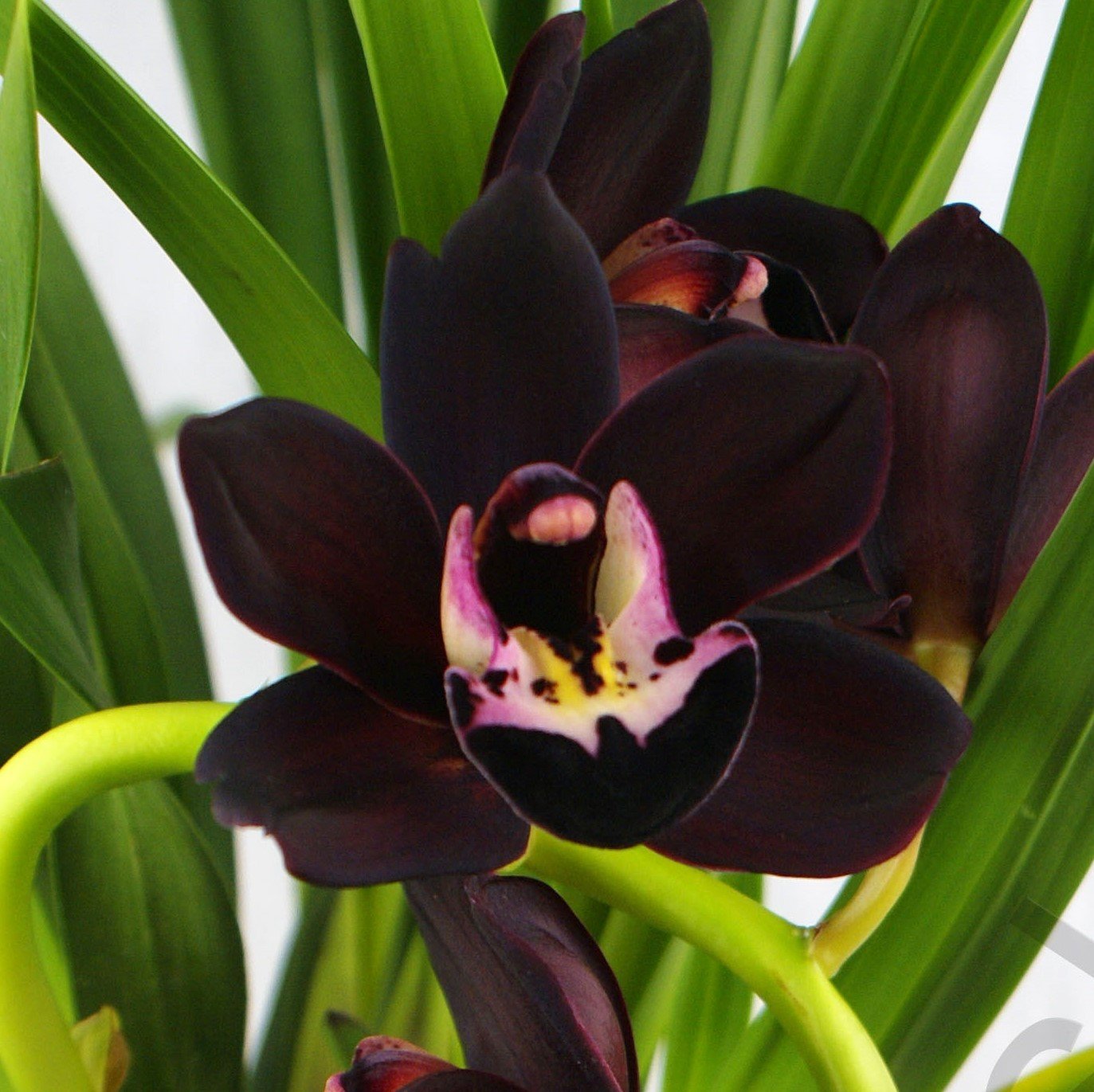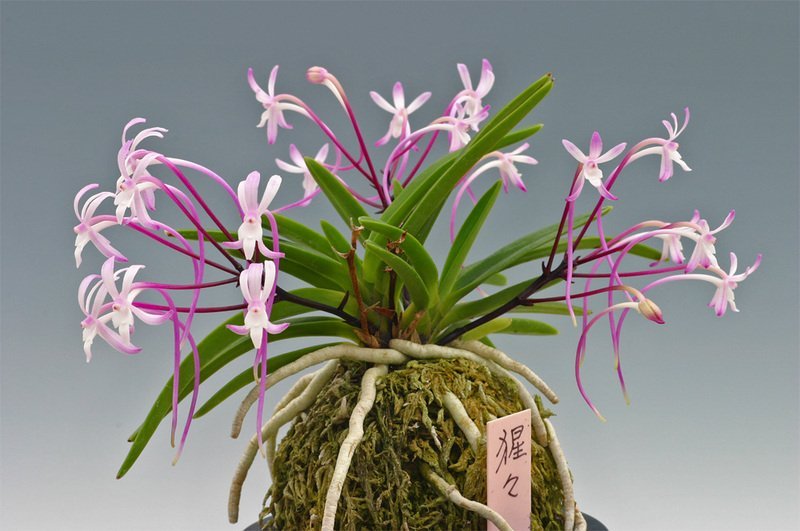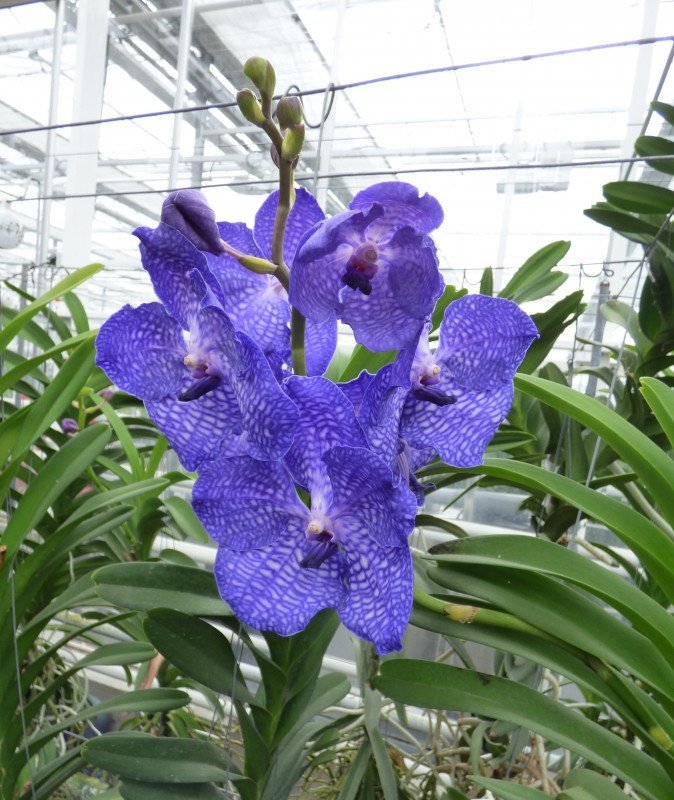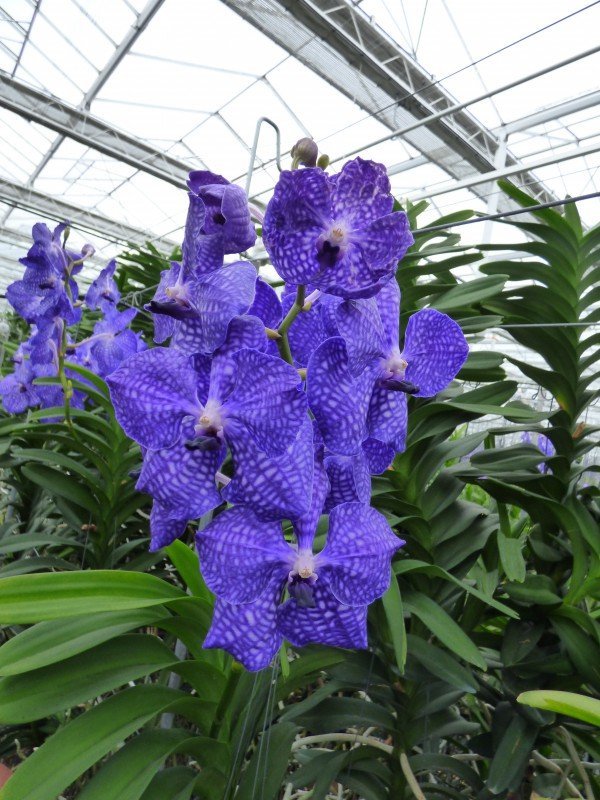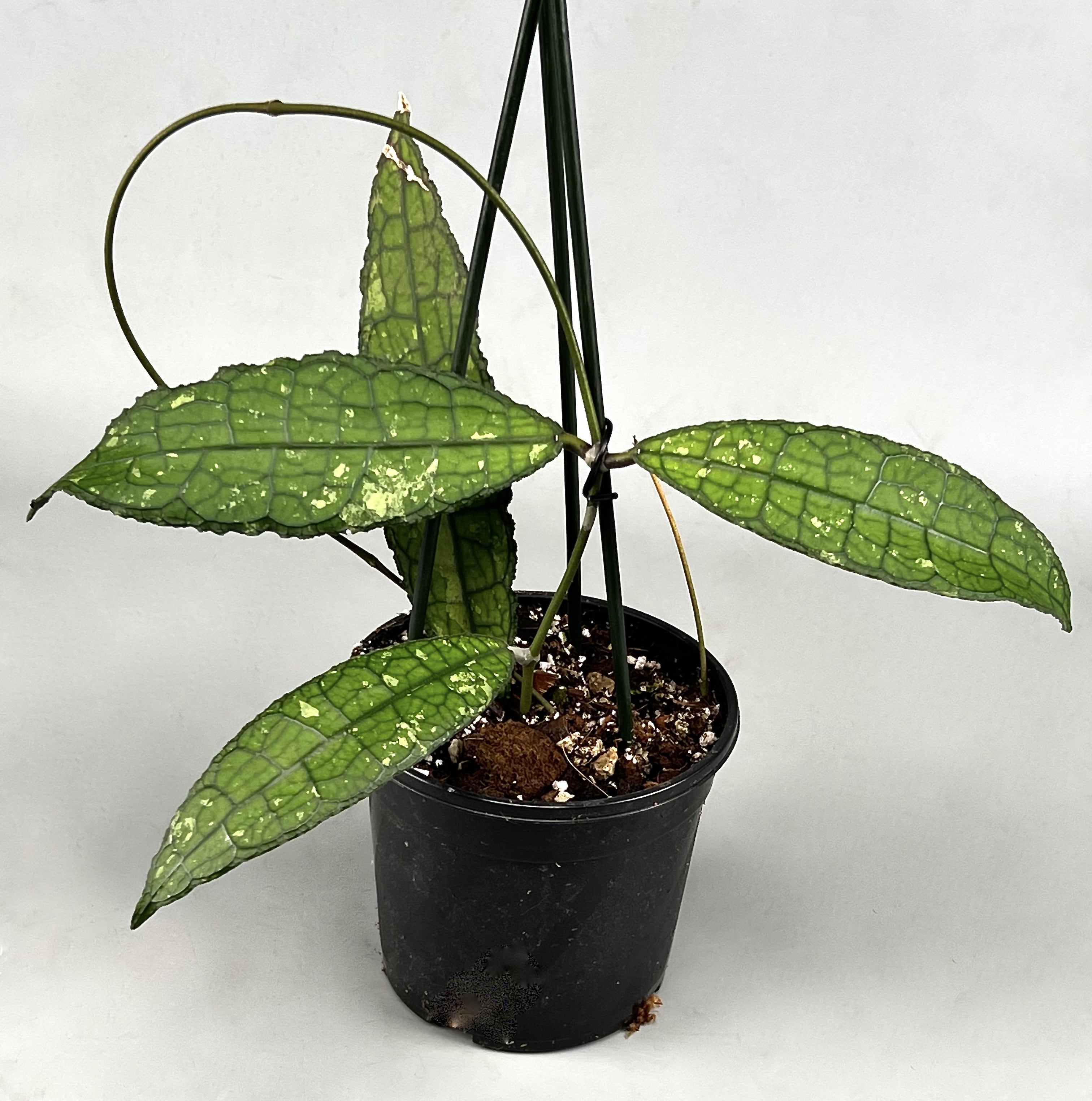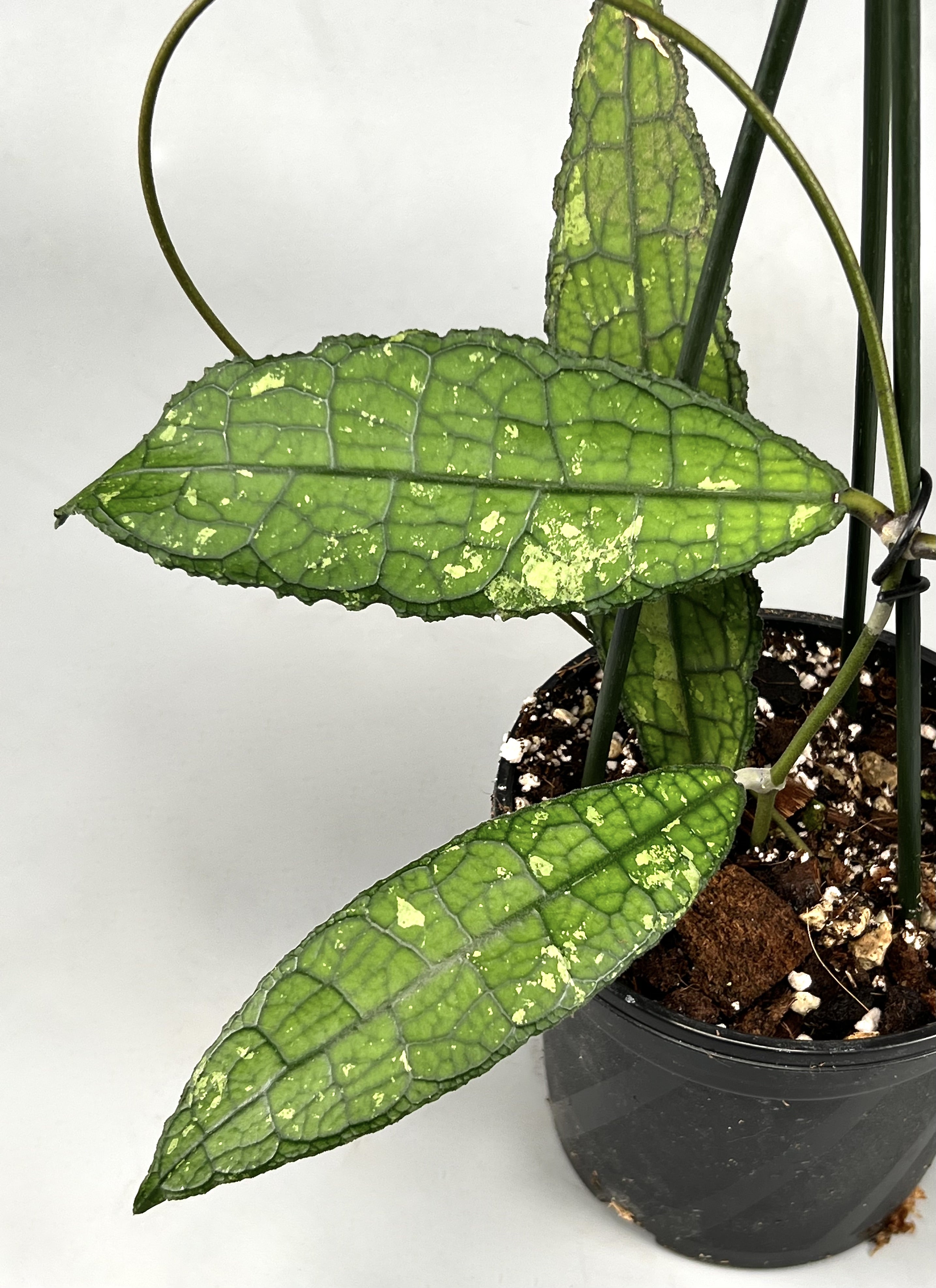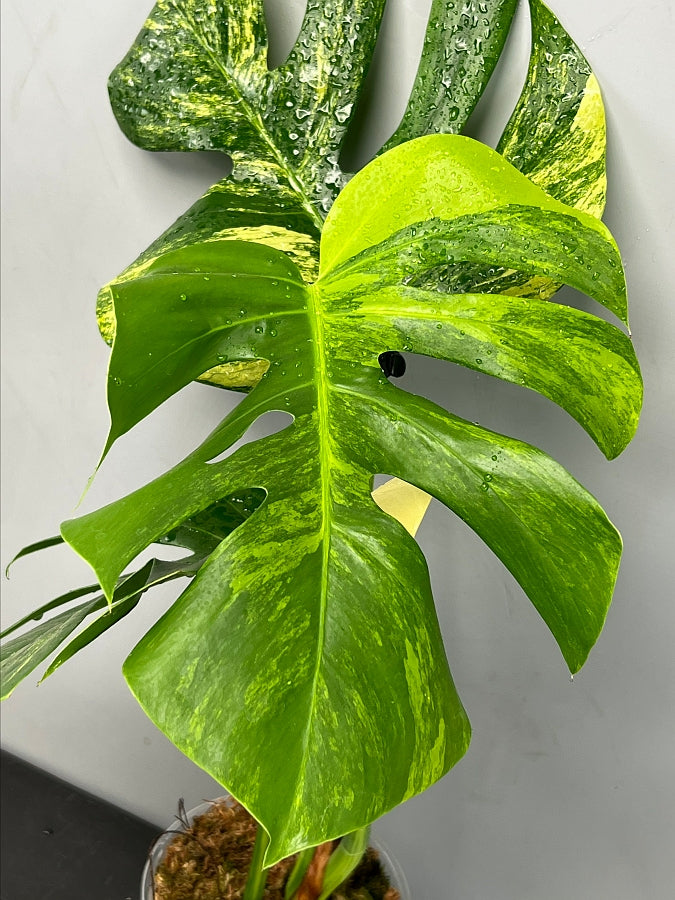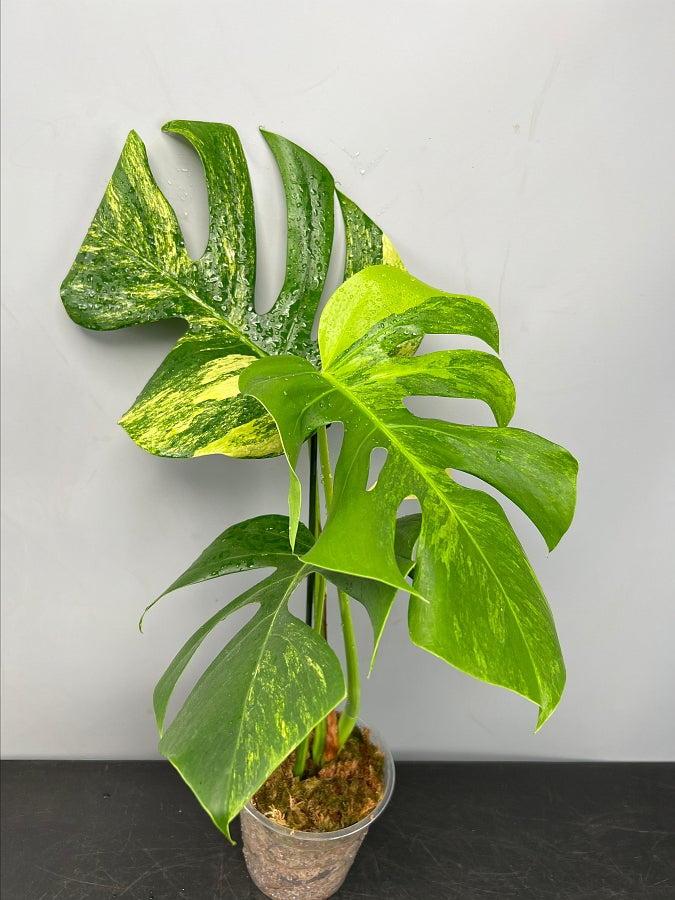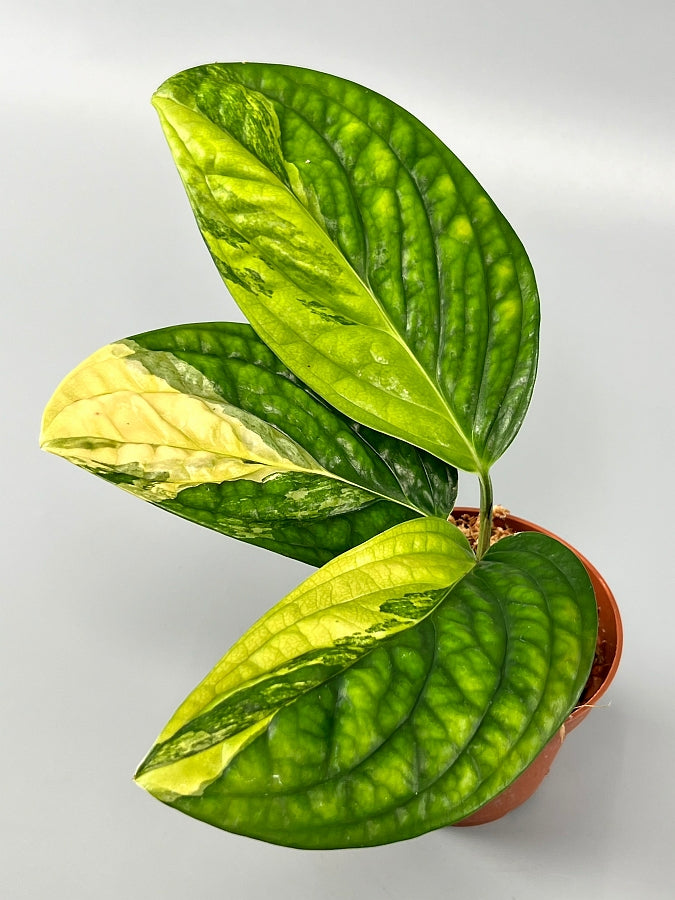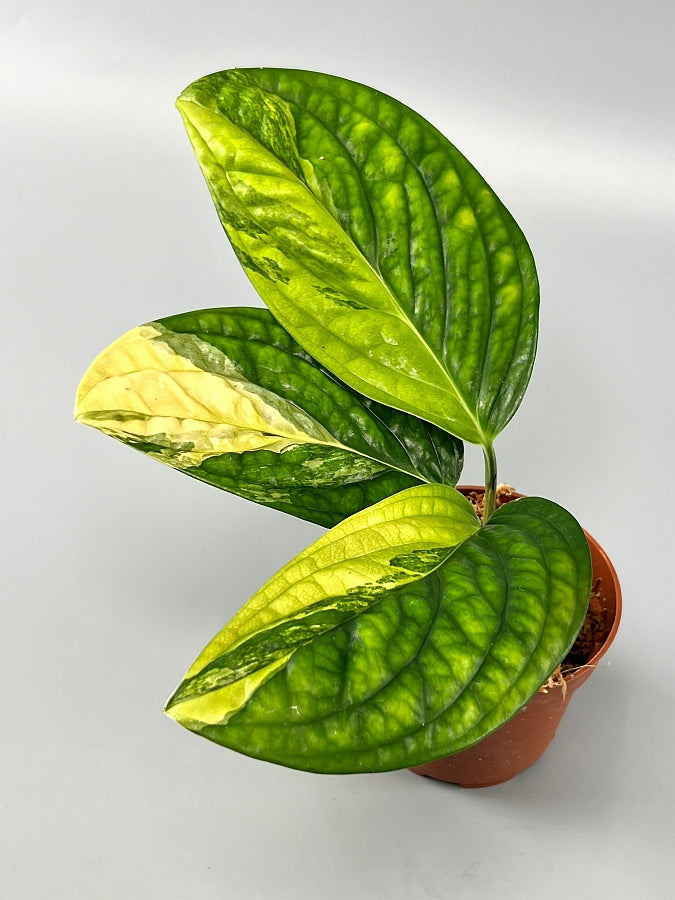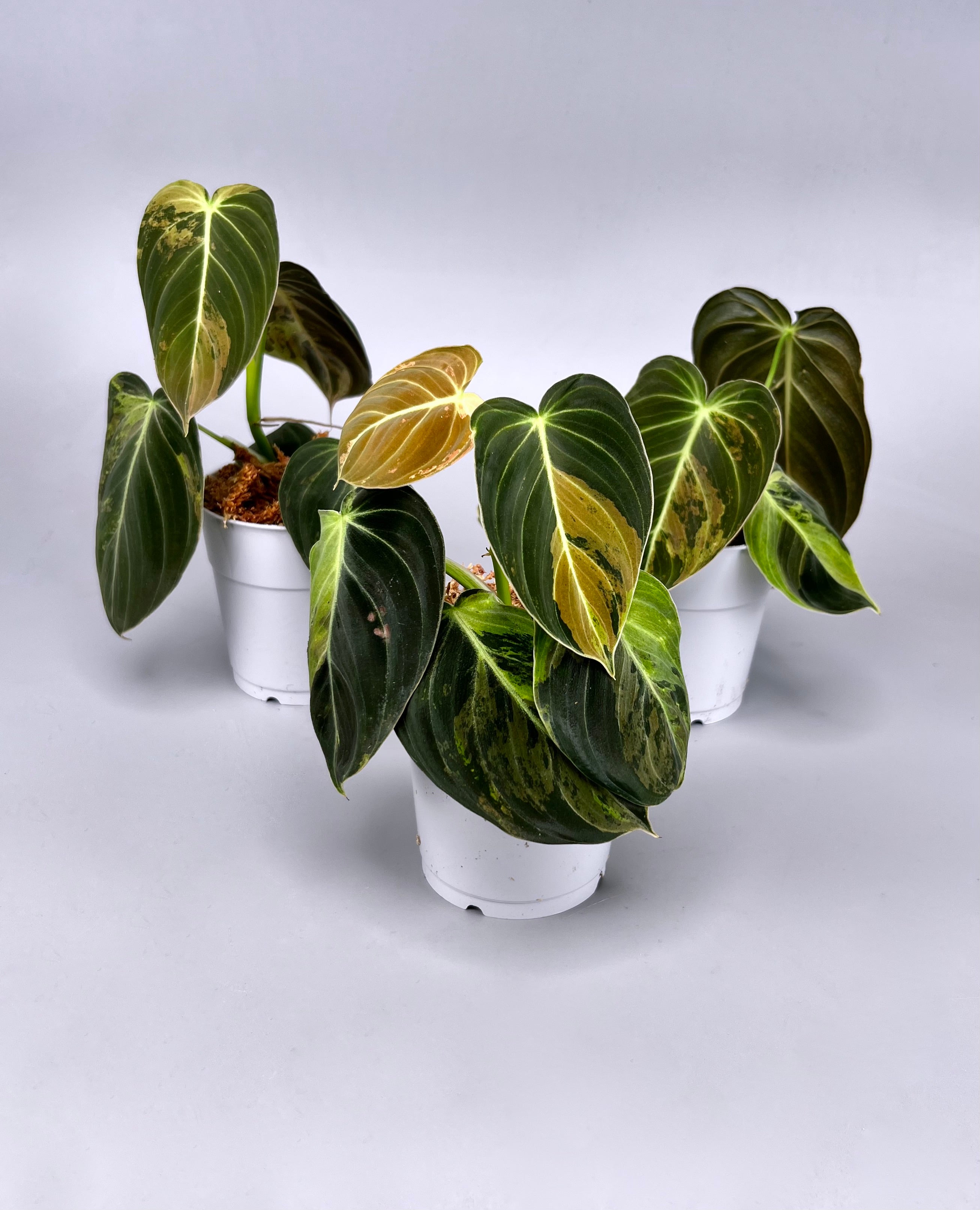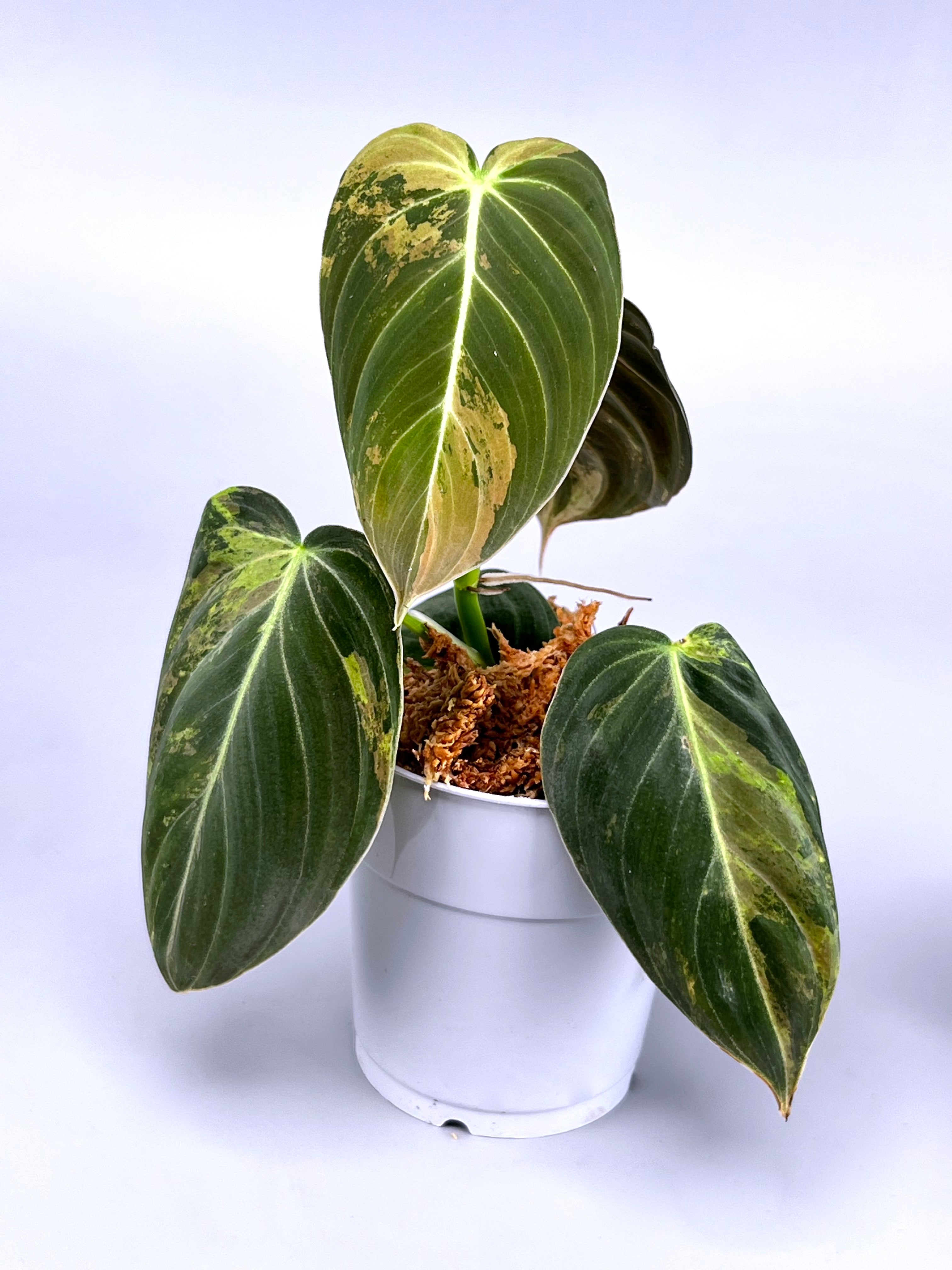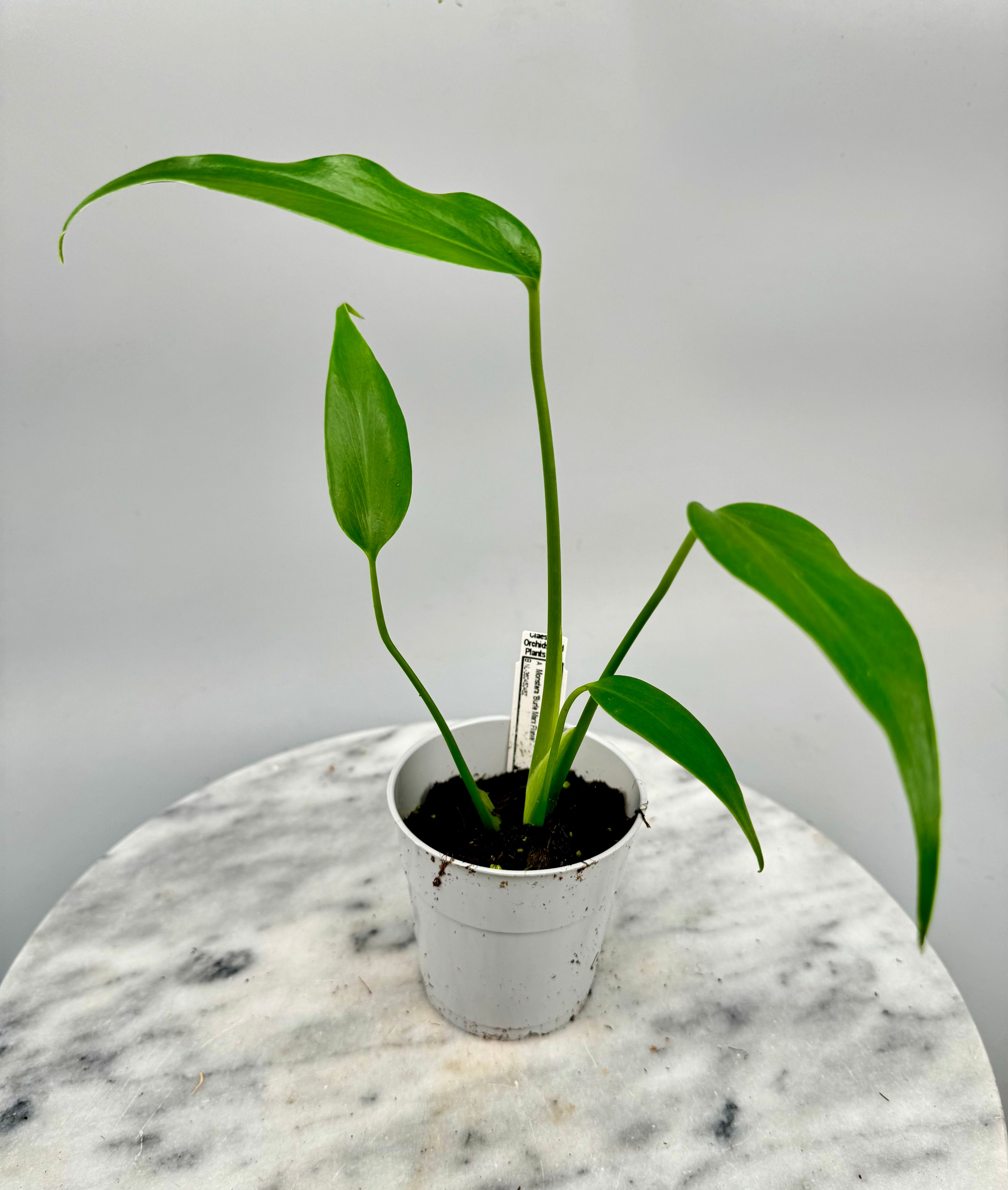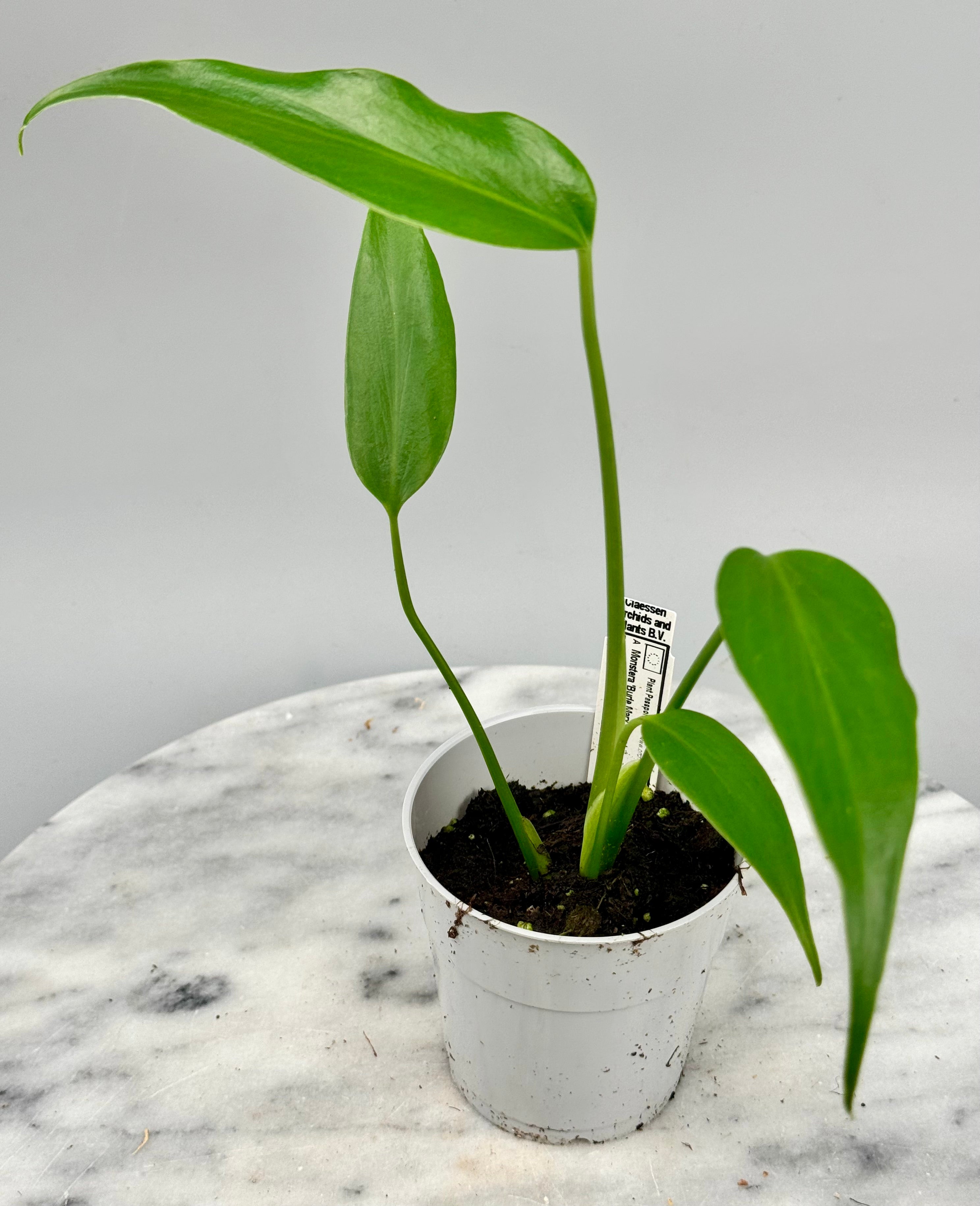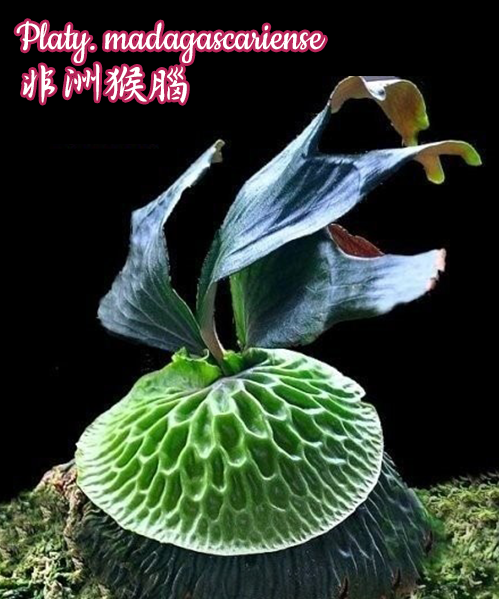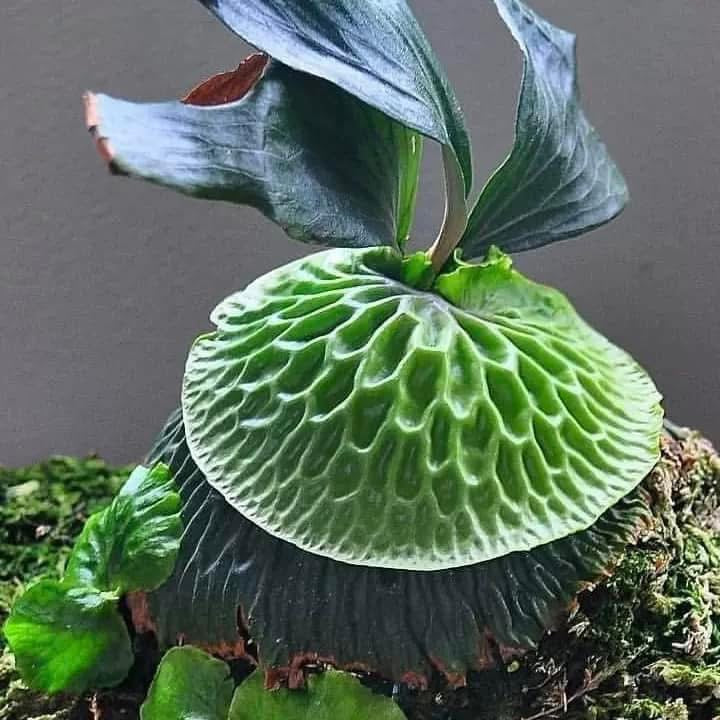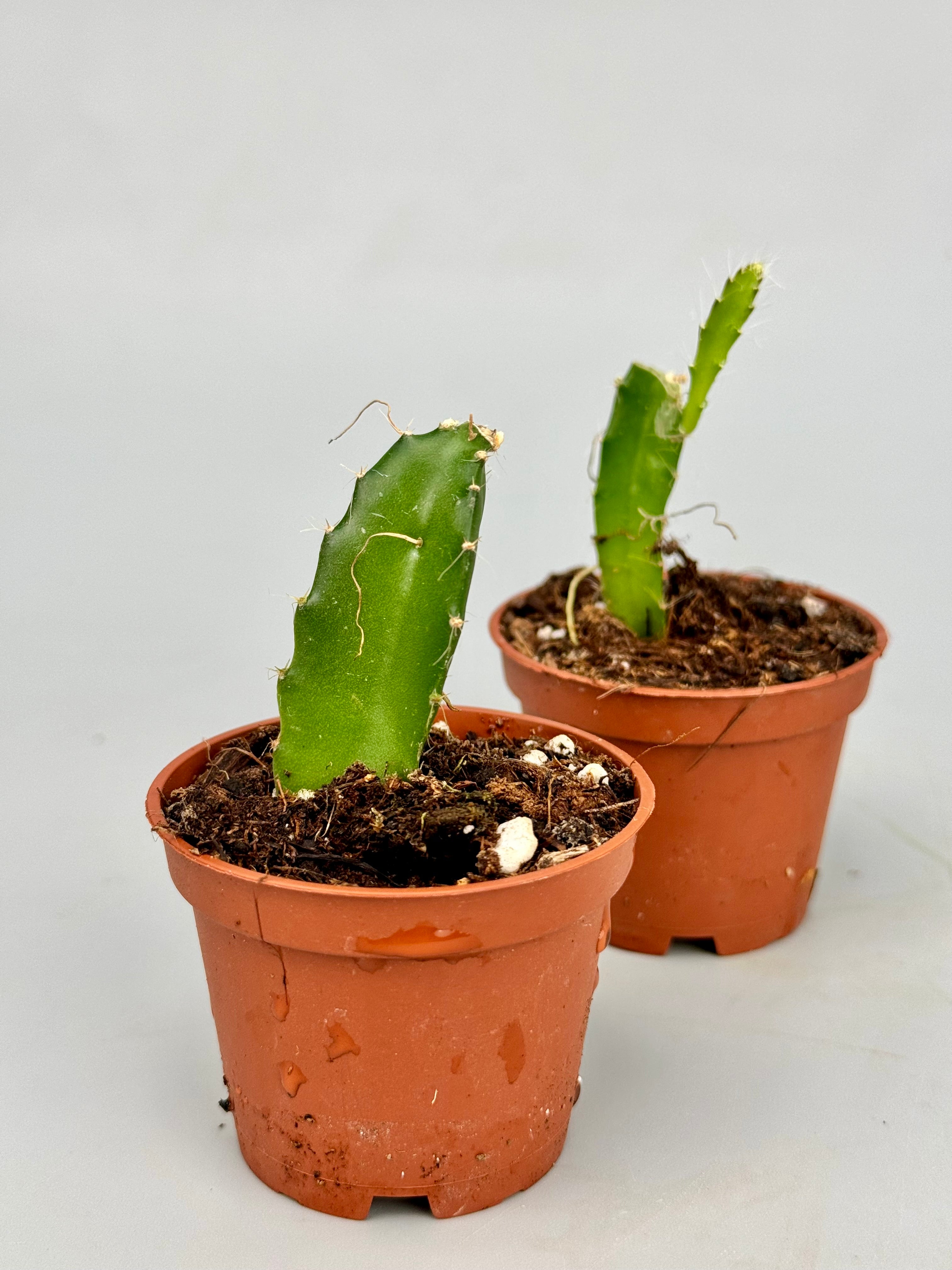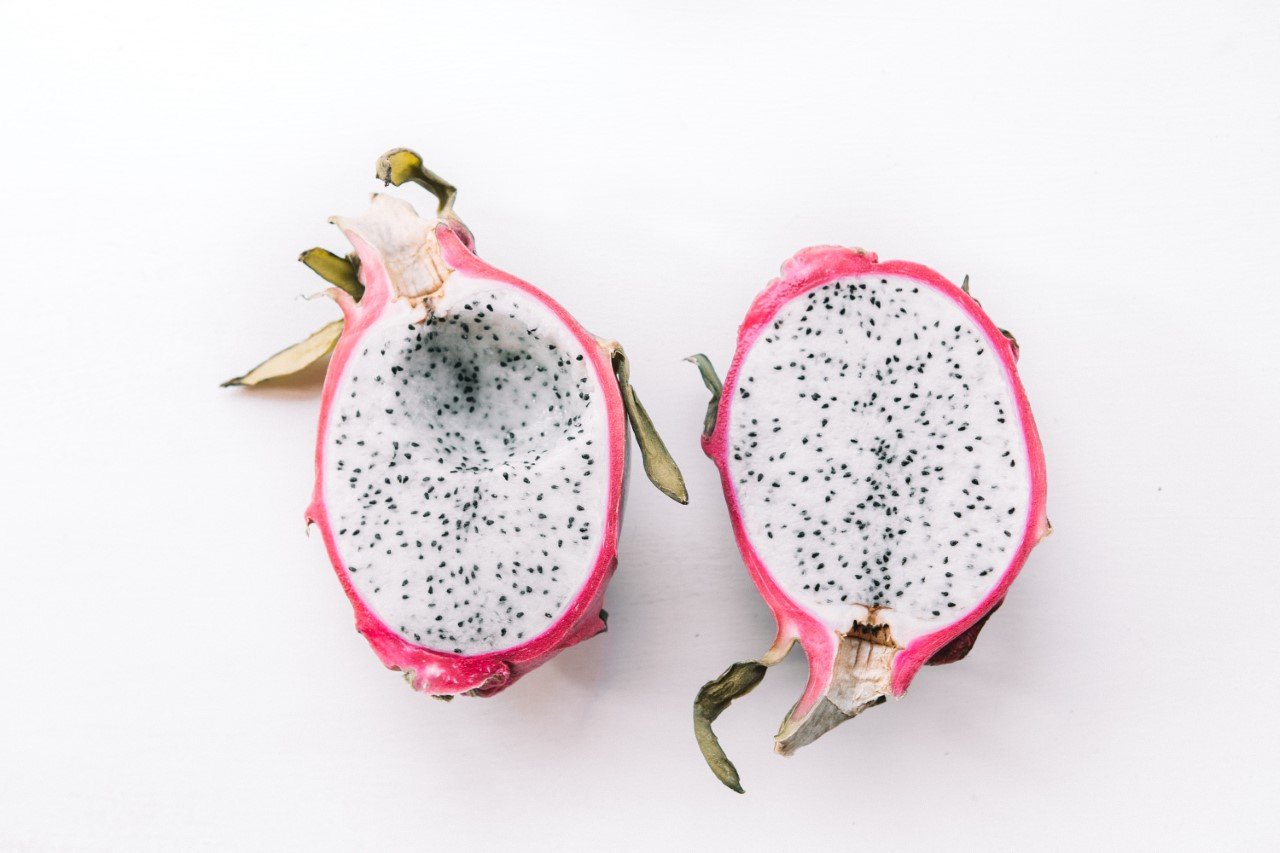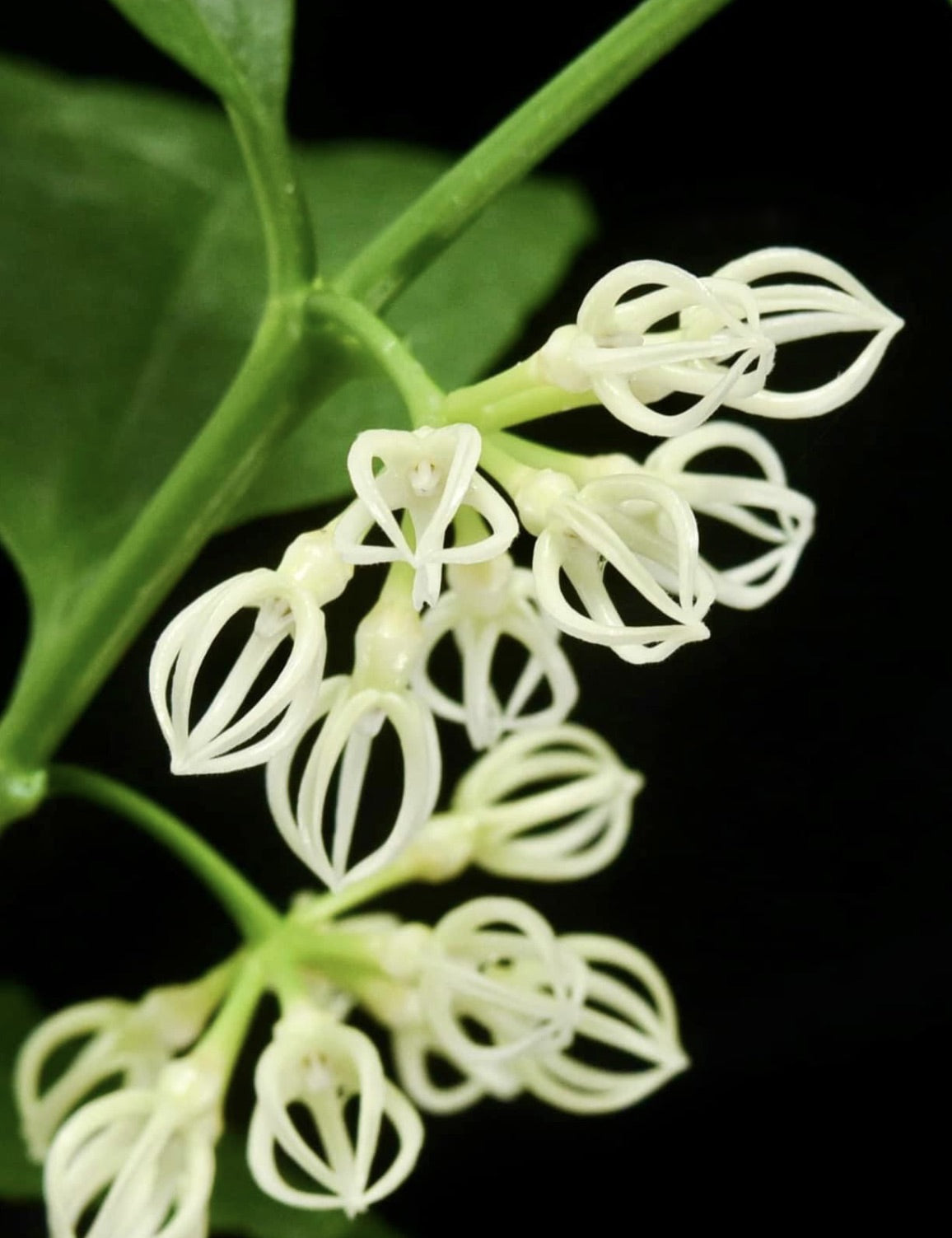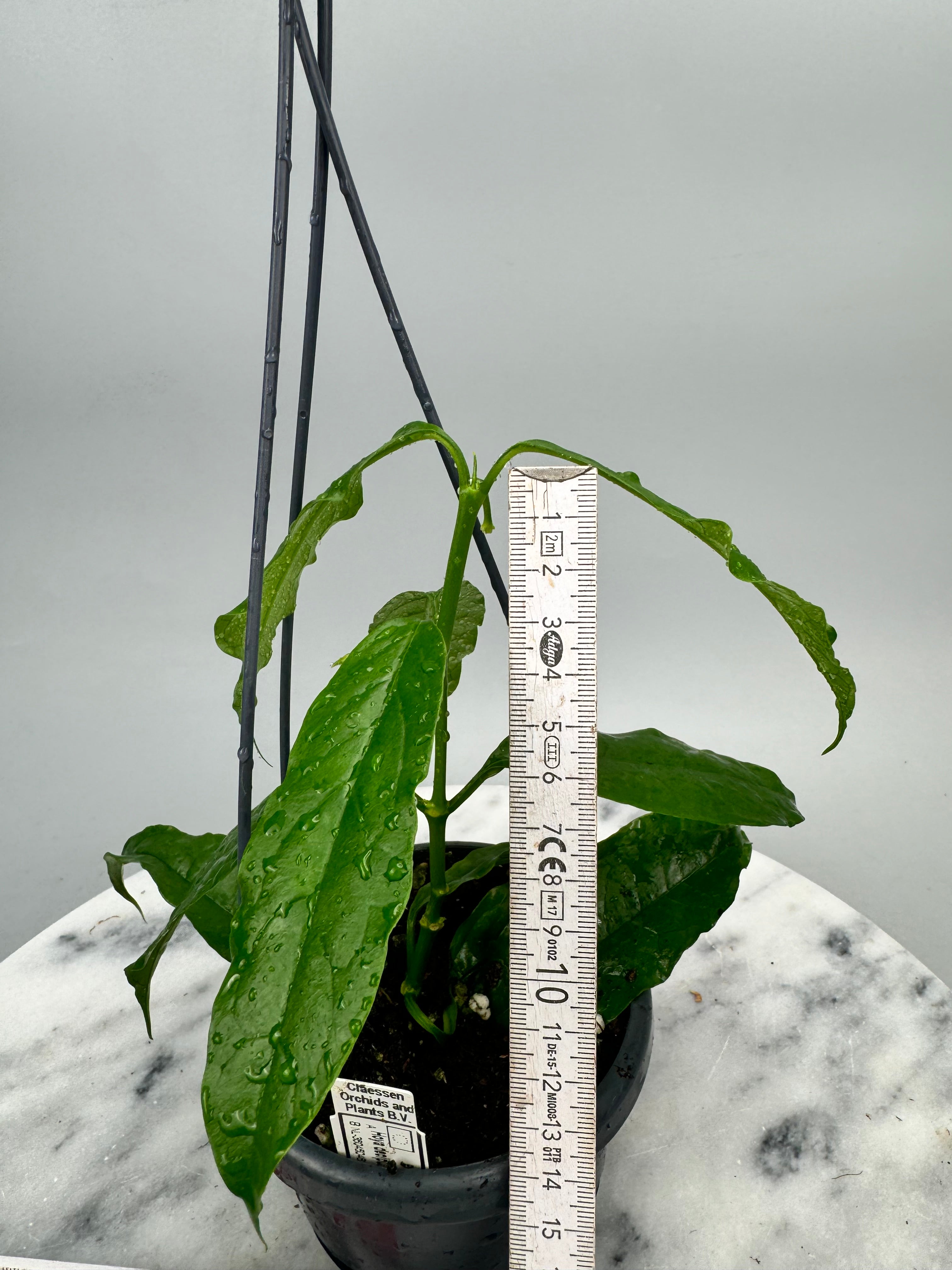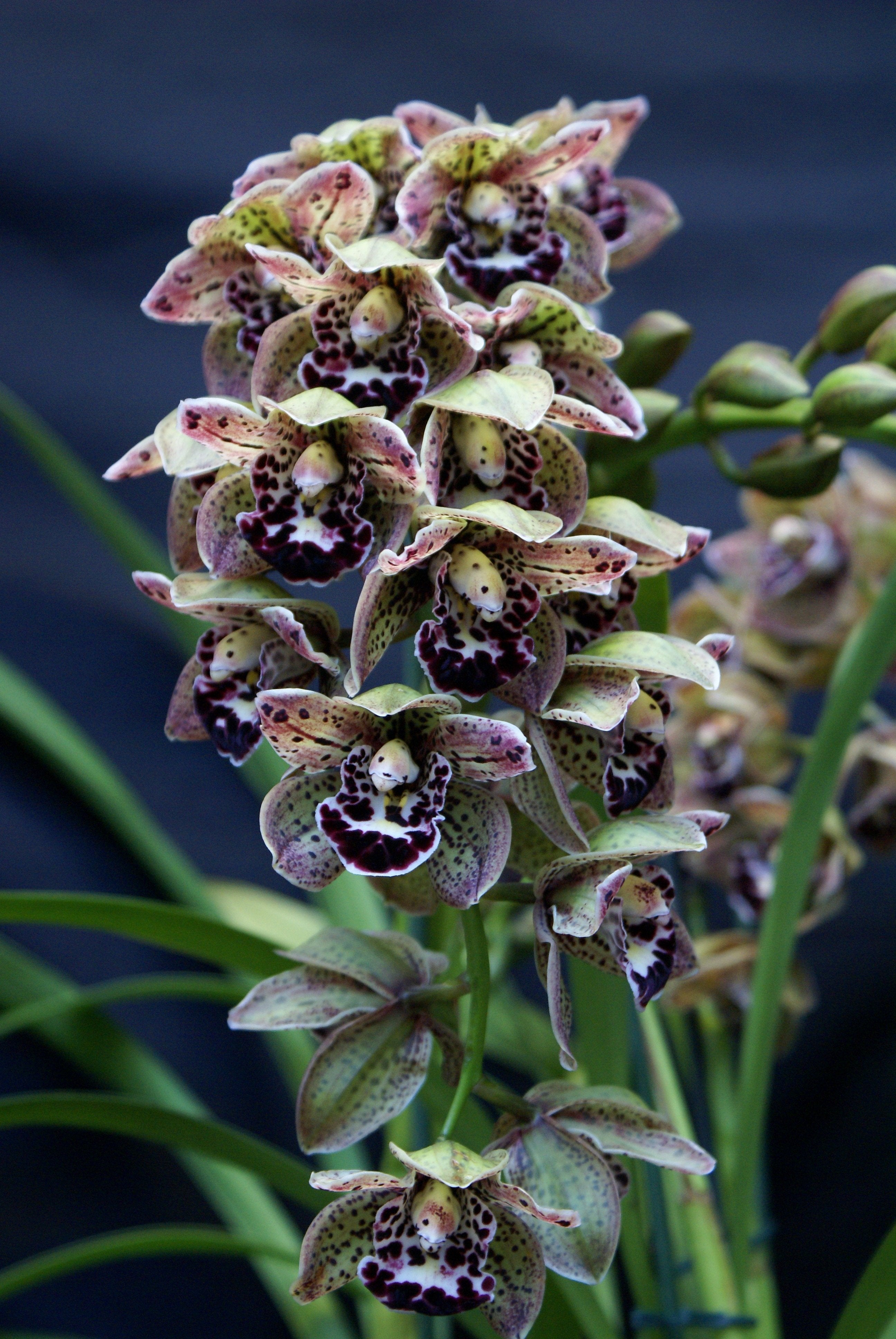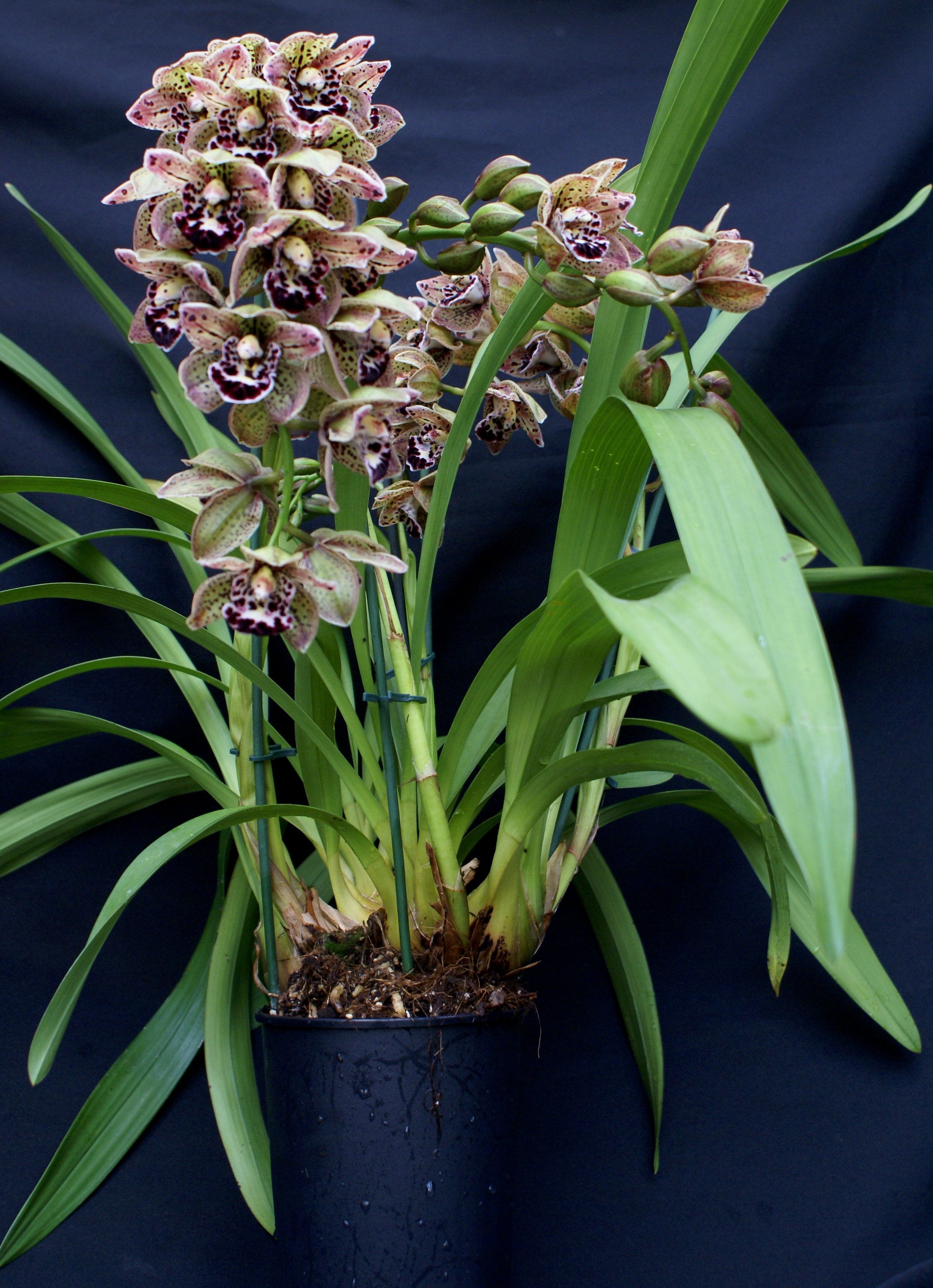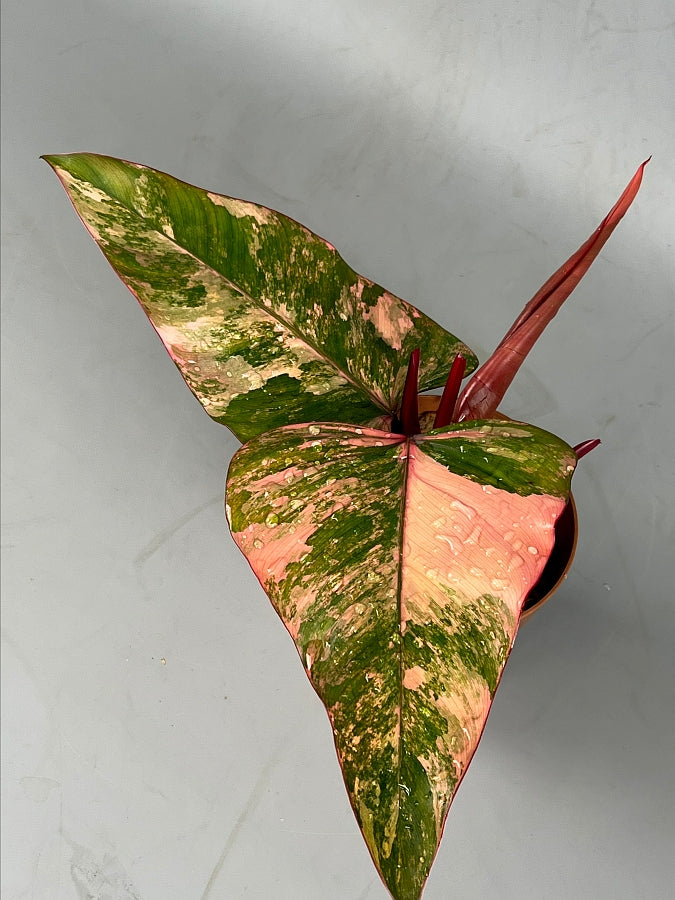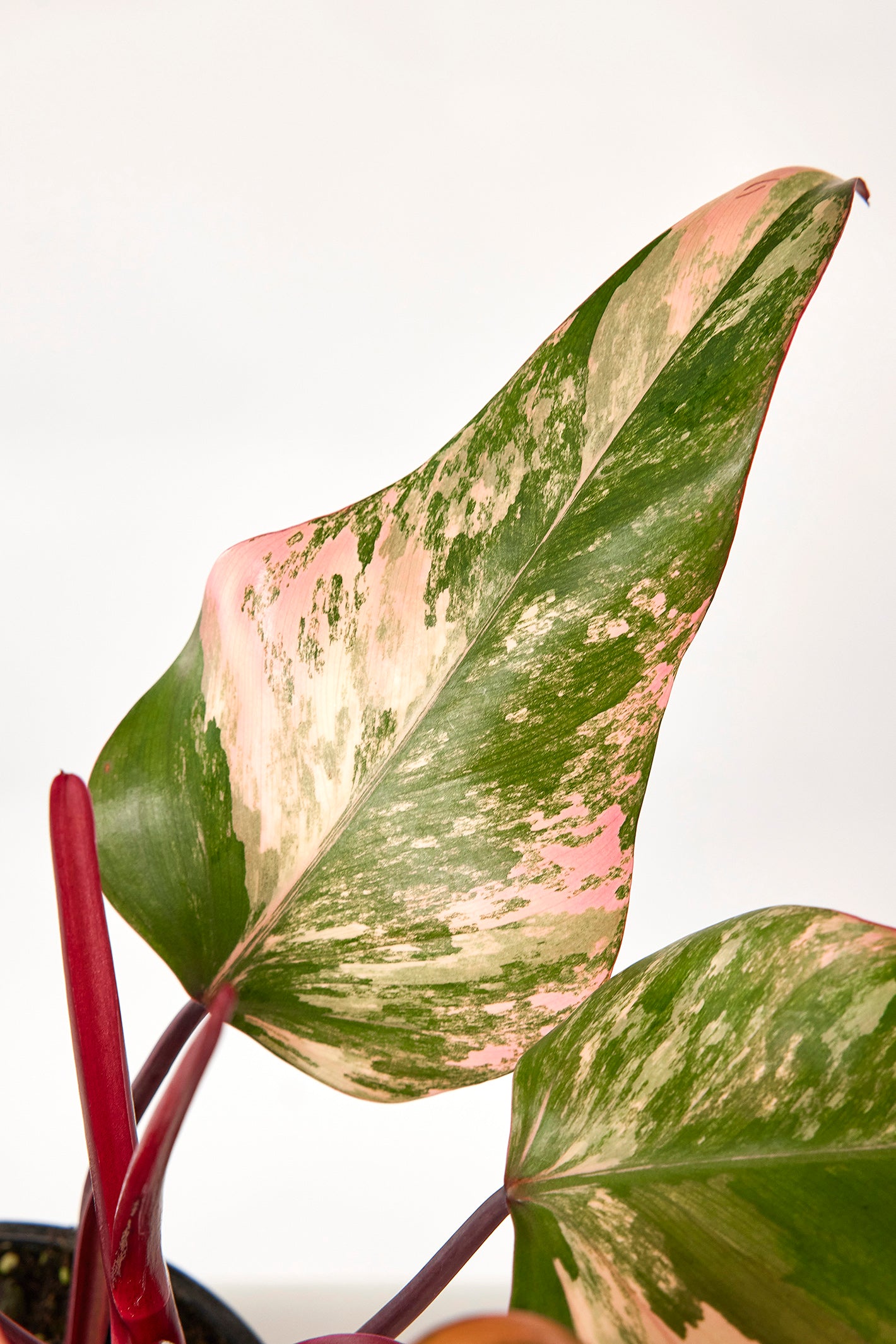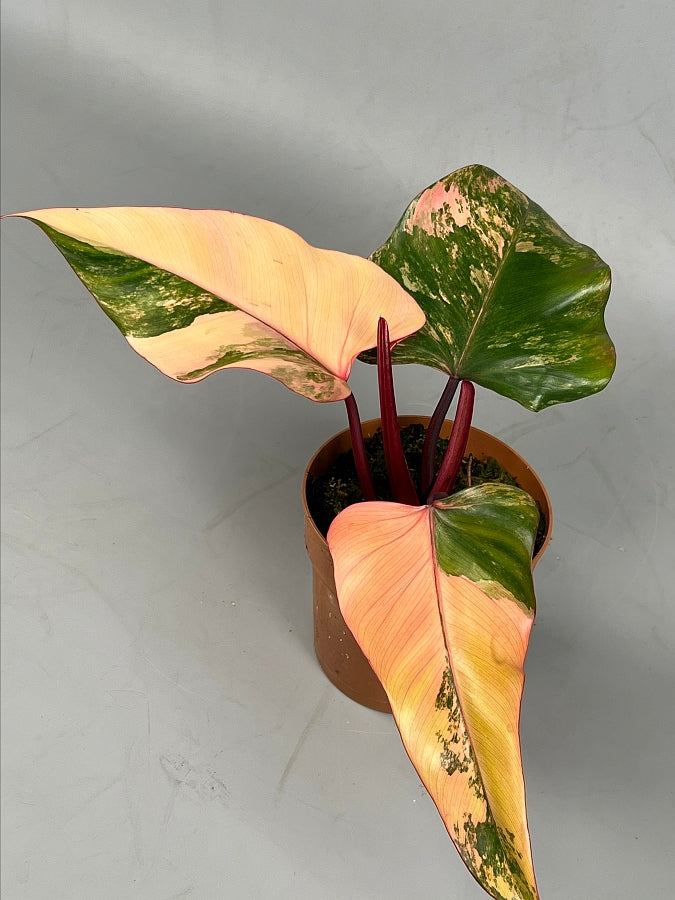The orchid family is known as one of the largest and most diverse plant families on earth. Yet few people realize how impressive and long their evolutionary history is. Behind those elegant flowers on your windowsill is a story of millions of years of adaptation, survival and dispersal. A story that began long before humans even existed.
Origins in the Cretaceous
The oldest orchid traces scientists have found date from about 112 million years ago, during the late Cretaceous. At that time, dinosaurs were still walking around and there were no lawns or flowering apple trees. The world looked completely different. Yet the first primitive orchids managed to develop in tropical, forested areas.
One important piece of evidence came from an amber piece in which a bee was recorded with orchid pollen on its body. This find showed that orchids used insects as pollinators early on - an advanced strategy that gave their diversification a huge boost.
Specialist in collaboration
What makes the orchid so unique is its ability to fully adapt to its environment. Many species developed close collaborations with specific pollinators, such as bees, butterflies or even mosquitoes. Some species mimic female insects to attract males; others use scent, color or shape to achieve their goals.
In addition, orchids form a symbiosis with fungi in the soil. Without this so-called mycorrhiza, orchid seeds cannot germinate - a survival strategy that has proved particularly successful in closed ecosystems such as tropical rainforests.
From jungle to greenhouse
Although wild orchids are found primarily in tropical forests, man's fascination with these plants really began in the 18th and 19th centuries. European explorers brought specimens back home, where botanical gardens and wealthy collectors collected them in specially built greenhouses.
It wasn't until the 20th century that orchids managed to be grown on a larger scale from seed - thanks to scientists who discovered how to artificially mimic the right fungi. This made it possible to grow species such as Phalaenopsis or Cattleya accessible to the general public.
What changed, and what didn't
Today, orchids symbolize luxury and elegance, and can be found in every garden center. But essentially, they still carry their ancient genetic baggage. Their flower construction is still extremely specialized, their seeds minuscule and dependent on their environment.
So when you look at an orchid on your windowsill, you are not just seeing a beautiful flower. You are looking at a survivor - a plant species that has traversed the world since the time of the dinosaurs, adapted over and over again and finally found a place in your home.
To summarize, the orchid is not just another houseplant, but a living fossil with a stunning history. A little piece of jungle, in your home - but with a story that goes back millions of years.

